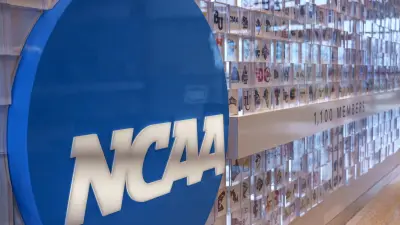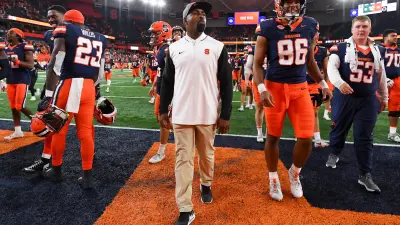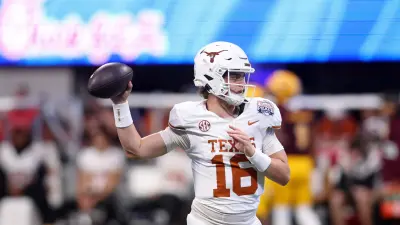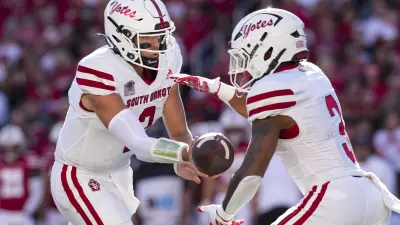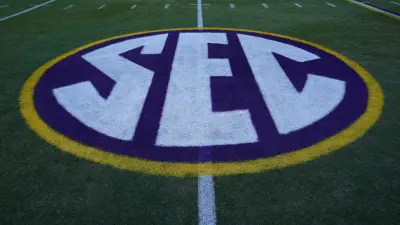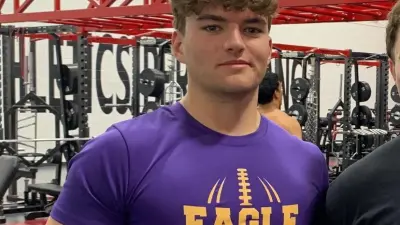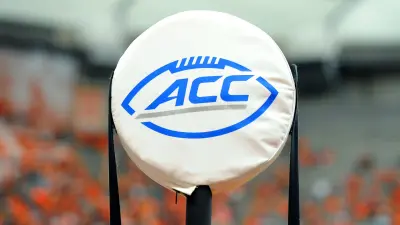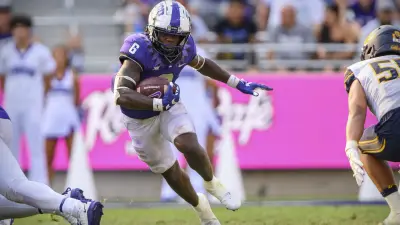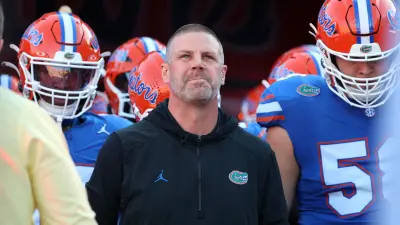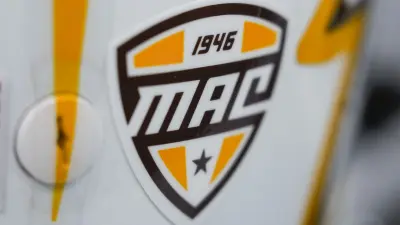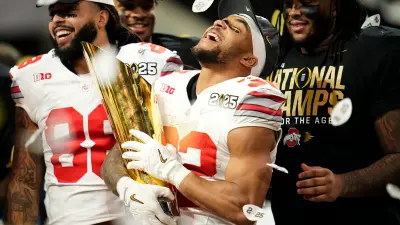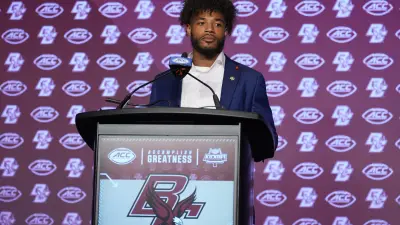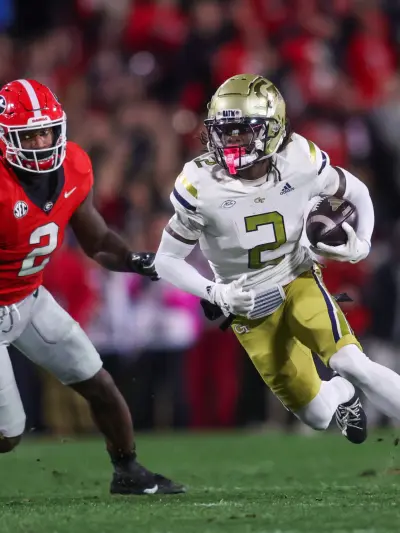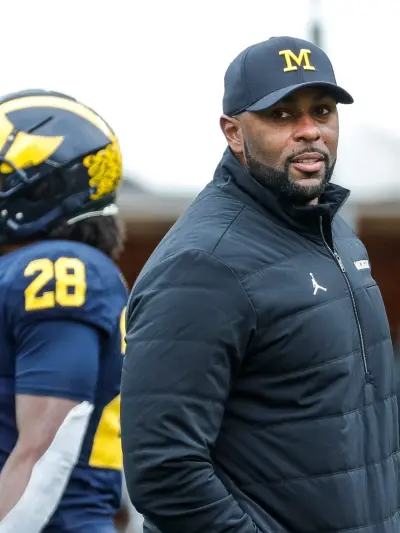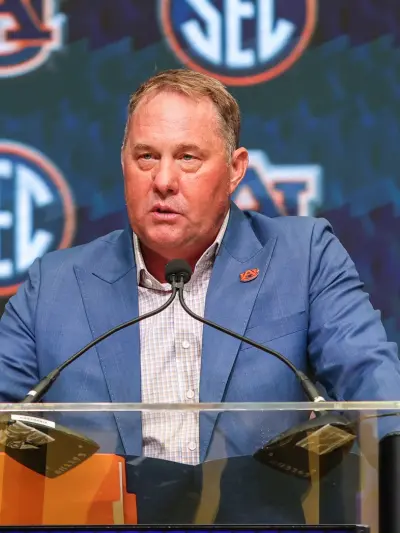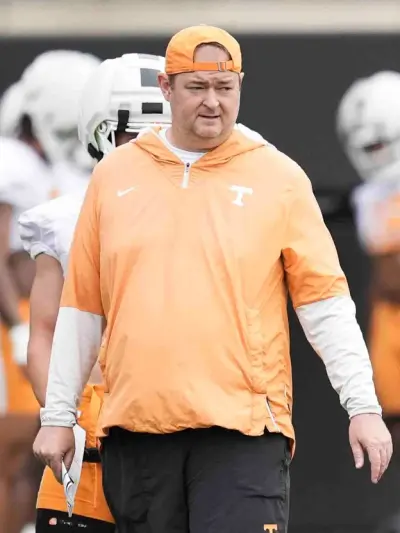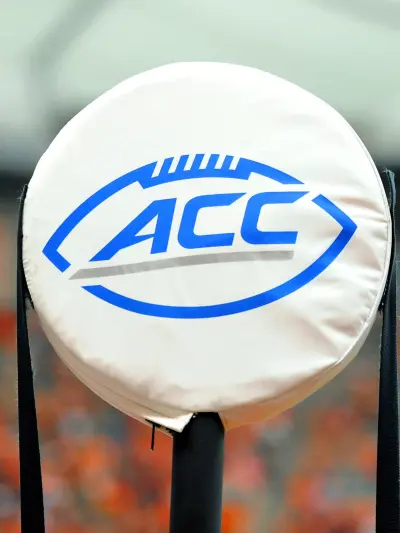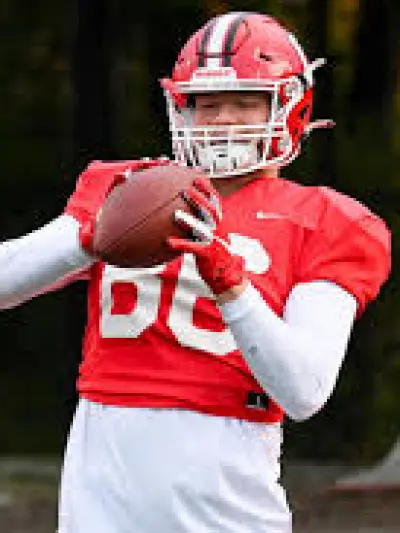By Dorrington Myers
The NCAA’s decision to allow college athletes to profit from their Name, Image, and Likeness (NIL) has fundamentally altered the landscape of college sports. While this policy affects all athletes, college quarterbacks, often the most visible and marketable players on the field, stand to gain significantly. This article explores how NIL rules are changing the game for college quarterbacks and what it means for the future of college football.
The Rise of NIL
On July 1, 2021, the NCAA implemented the NIL policy, enabling student-athletes to monetize their personal brands. Prior to this, athletes were prohibited from receiving compensation beyond scholarships, leading to a long-standing debate about athletes’ rights and the fairness of the NCAA’s amateurism model. With NIL, athletes can now sign endorsement deals, appear in advertisements, and leverage social media for profit.
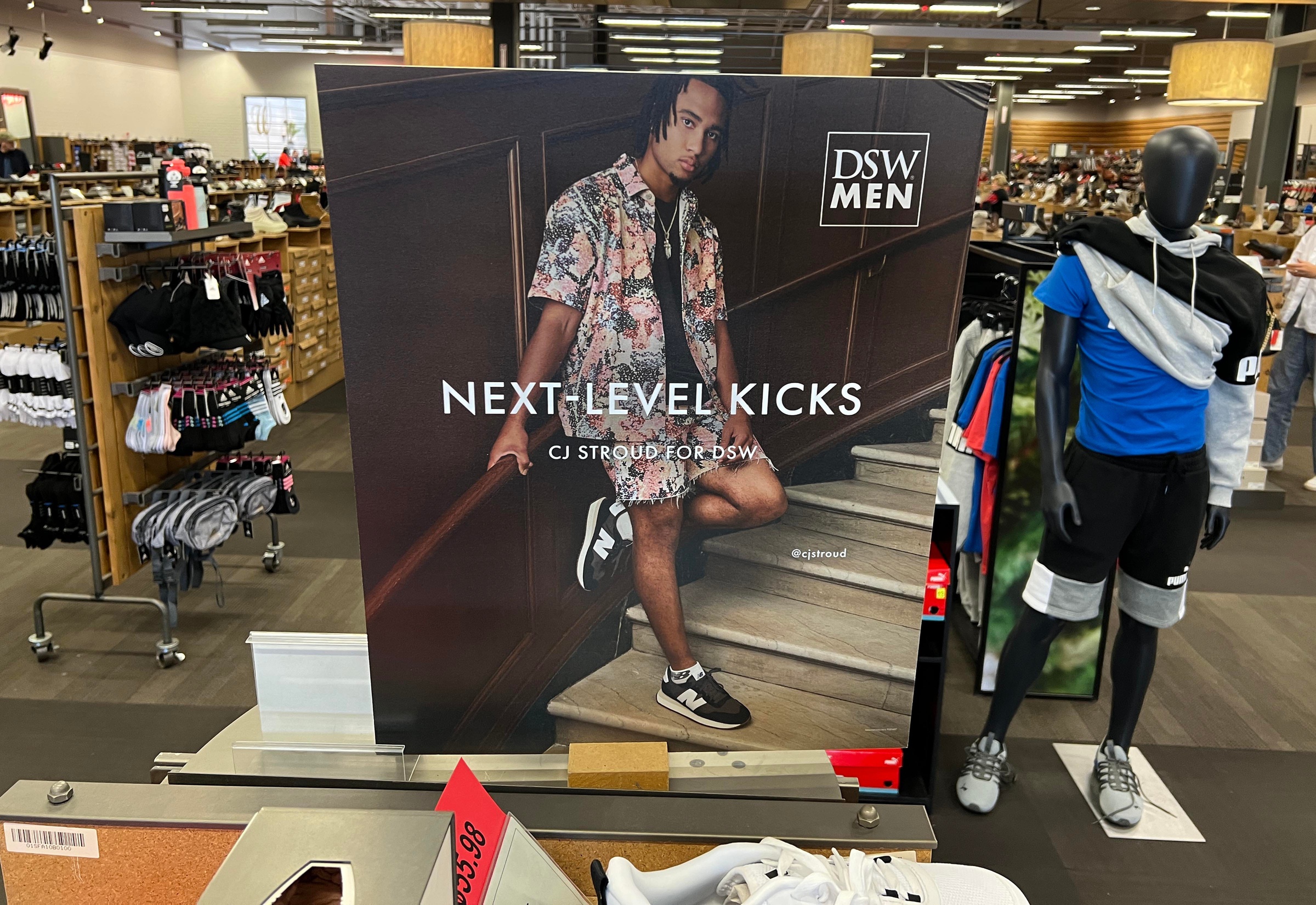
College quarterbacks are often the face of their respective programs. Their high visibility and media coverage make them prime candidates for lucrative endorsement deals. For instance:
- Brand Endorsements: Top quarterbacks can secure deals with major brands, ranging from sports apparel companies to local businesses.
- Social Media Influence: With substantial followings on platforms like Instagram and Twitter, quarterbacks can earn significant income through sponsored posts and partnerships.
More Sports News
- Personal Merchandise: Many quarterbacks have launched their own merchandise lines, including apparel and memorabilia, directly benefiting from their popularity.
Recruiting and Transfers
The introduction of NIL has also influenced recruiting and transfer dynamics:
- Recruiting Edge: Programs in large markets or with strong alumni networks can offer better NIL opportunities, potentially giving them an edge in recruiting top quarterback talent.
- Transfer Portal: The transfer portal has become more active, with quarterbacks seeking programs where they can maximize their NIL earnings. This has led to increased mobility and competition among programs to attract and retain top talent.
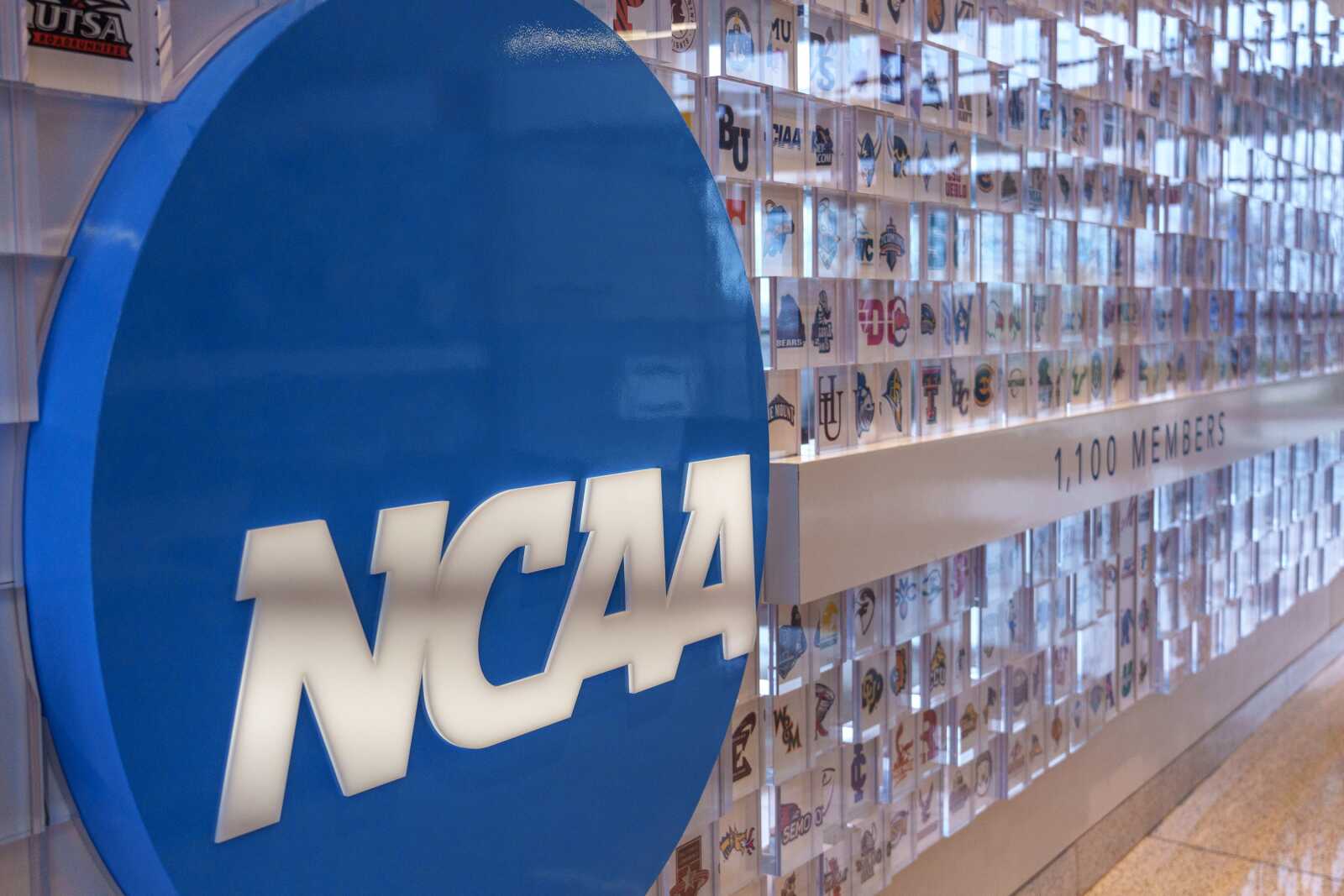
Challenges and Considerations
While NIL offers many benefits, it also presents challenges:
- Regulation and Compliance: Ensuring athletes comply with NCAA regulations and individual state laws can be complex. Programs must provide education and resources to help quarterbacks navigate the NIL landscape.
- Equity Among Athletes: While star quarterbacks may secure significant deals, other players might not benefit as much, potentially leading to disparities within teams.
- Academic and Athletic Balance: Balancing the demands of brand management, academics, and athletic performance can be challenging. Athletes must develop time management and professional skills to handle these responsibilities effectively.
Future Implications
The NIL era is still in its early stages, but its impact is already profound. Looking ahead:
- Professional Readiness: NIL opportunities can prepare quarterbacks for the business aspects of professional sports, including contract negotiations and brand management.
- Long-term Financial Security: Earning money in college can provide financial security and reduce the pressure to leave school early for professional leagues. For the longest time, although tuition was covered, many student-athletes struggled to meet their basic needs. This opportunity is truly life-changing
- Program Development: Colleges and universities may need to invest in resources and support systems to help athletes maximize their NIL potential, potentially reshaping athletic departments. This investment could draw more attention to their university, ultimately benefiting everyone. Enrollment would go up, the athletic department would receive new streams of revenue, and student athletes would be much happier knowing they can play sports without worrying about financial struggles. The best part for coaches is knowing their team is taken care of.
Conclusion
The introduction of NIL rules marks a new chapter in college athletics, offering unprecedented opportunities for college quarterbacks. While challenges remain, the potential for financial gain and professional development is immense. As the landscape continues to evolve, the experiences of college quarterbacks will provide valuable insights into the broader implications of NIL in college sports.
